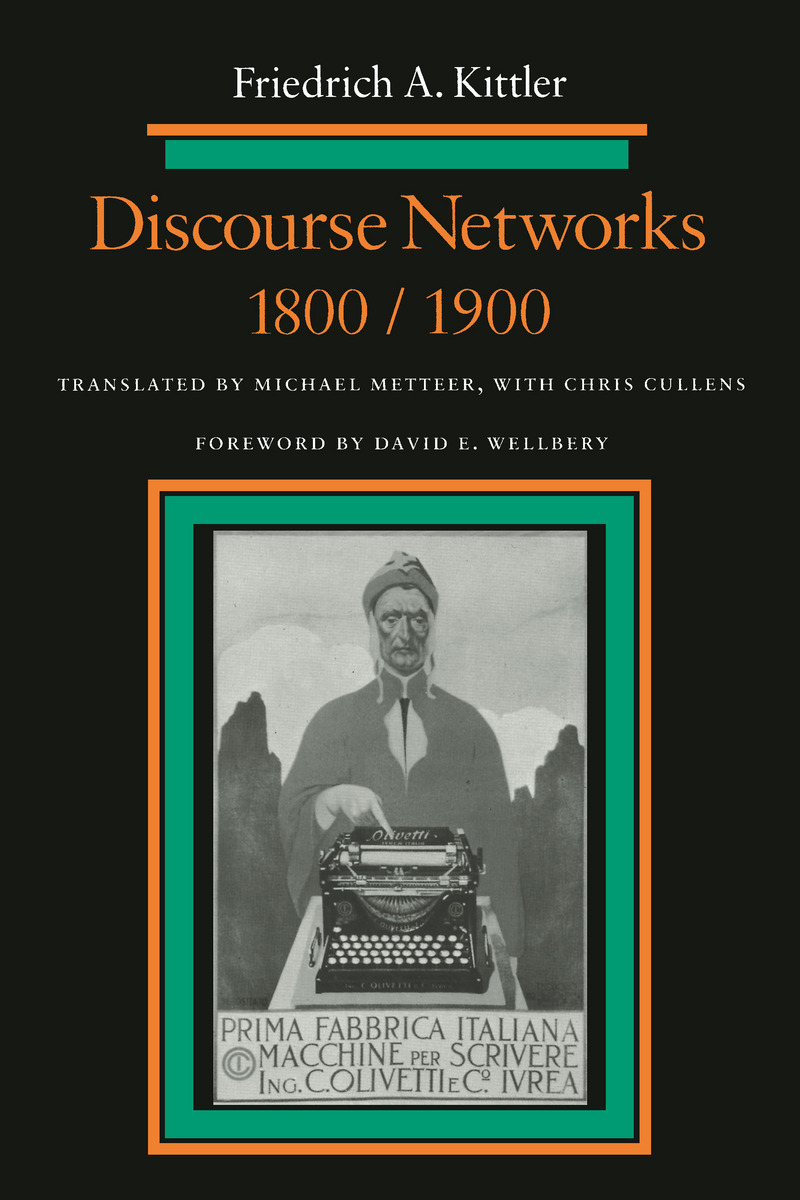Maurice Blanchot: The Space of Literature (1955–) [FR, EN, CZ, ES, RU]
Filed under book | Tags: · history of literature, literary theory, literature, writing

Maurice Blanchot, the eminent literary and cultural critic, has had a vast influence on contemporary French writers—among them Jean Paul Sartre and Jacques Derrida. From the 1930s through the present day, his writings have been shaping the international literary consciousness.
The Space of Literature, first published in France in 1955, is central to the development of Blanchot’s thought. In it he reflects on literature and the unique demand it makes upon our attention. Thus he explores the process of reading as well as the nature of artistic creativity, all the while considering the relation of the literary work to time, to history, and to death. This book consists not so much in the application of a critical method or the demonstration of a theory of literature as in a patiently deliberate meditation upon the literary experience, informed most notably by studies of Mallarmé, Kafka, Rilke, and Hölderlin. Blanchot’s discussions of those writers are among the finest in any language.
L’espace littéraire
Publisher Gallimard, Paris, 1955
ISBN 2070324753
295 pages
English edition
Translated, with an Introduction, by Ann Smock
Publisher University of Nebraska Press, 1983
ISBN 080321166X
280 pages
publisher (EN)
google books (EN)
L’espace littéraire (French, 1955, no OCR)
The Space of Literature (English, trans. Ann Smock, 1983)
Literární prostor (Czech, trans. Marie Kohoutová and Michal Pacvoň, 1999)
Le Espacio Literario (Spanish, trans. Vicky Palant and Jorge Jinkis, 2002, no OCR)
Prostranstvo literatury (Russian, trans. V.P. Bolshakov, et al., 2002, added 2014-12-6)
Gérard Genette: Paratexts: Thresholds of Interpretation (1987/1997)
Filed under book | Tags: · aesthetics, literary theory, literature, paratext, text, writing

“Paratexts are those liminal devices and conventions, both within and outside the book, that form part of the complex mediation between book, author, publisher and reader: titles, forewords, epigraphs and publishers’ jacket copy are part of a book’s private and public history. In this first English translation of Paratexts, Gérard Genette shows how the special pragmatic status of paratextual declaration requires a carefully calibrated analysis of their illocutionary force. With clarity, precision and an extraordinary range of reference, Paratexts constitutes an encyclopedic survey of the customs and institutions as revealed in the borderlands of the text. Genette presents a global view of these liminal mediations and the logic of their relation to the reading public by studying each element as a literary function. Richard Macksey’s foreword describes how the poetics of paratexts interact with more general questions of literature as a cultural institution, and situates Genette’s work in contemporary literary theory.”
Originally published in French as Seuils, Éditions du Seuil, Paris, 1987
Translated by Jane E. Lewin
Foreword by Richard Macksey
Publisher Cambridge University Press, 1997
Literature, Culture, Theory series, 20
ISBN 0521424062, 9780521424066
456 pages
Review: Chris Koenig-Woodyard (erudit, 1999).
Comment (0)Friedrich A. Kittler: Discourse Networks 1800/1900 (1985–) [German, English]
Filed under book | Tags: · communication, discourse, history of literature, language, literary theory, literature, media, media archeology, media technology, media theory, philosophy, psychoanalysis, psychophysics, technology, writing

“This is a highly original book about the connections between historical moment, social structure, technology, communication systems, and what is said and thought using these systems–notably literature. Friedrich Kittler focuses on the differences between ‘discourse networks’ in 1800 and in 1900, in the process developing a new analysis of the shift from romanticism to modernism. The artful structure of the book begins with Goethe’s Faust and ends with Valéry’s Faust. In the 1800 section, the author discusses how language was learned, the emergence of the modern university, the associated beginning of the interpretation of contemporary literature, and the canonization of literature. Among the writers and works Kittler analyzes in addition to Goethe’s Faust are Schlegel, Hegel, E.T.A. Hoffman’s The Golden Pot, and Goethe’s Tasso. The 1900 section argues that the new discourse network in which literature is situated in the modern period is characterized by new technological media–film, the photograph, and the typewritten page–and the crisis that these caused for literary production. Along the way, the author discusses the work of Nietzsche, Gertrude Stein, Mallarmé, Bram Stroker, the Surrealists, Rilke, Kafka, and Freud, among others.”
Aufschreibesysteme 1800/1900
First published in 1985
Third, completely revised edition
Publisher Wilhelm Fink Verlag, Munich, 1995
ISBN 3770528816, 9783770528813
524 pages
Discourse Networks, 1800/1900
Translated by Michael Metteer, with Chris Cullens
Foreword by David E. Wellbery
Publisher Stanford University Press, 1990
ISBN 9780804720991
496 pages
Reviews: Franz Futterknecht and David Wellbery (Poetics Today, 1987, EN), Robert C. Holub (German Quarterly, 1987, EN), Thomas Sebastian (MLN, 1990, EN).
Wikipedia (DE)
Publisher (DE)
Publisher (EN)
Aufschreibesysteme 1800/1900 (German, 3rd ed., 1985/1995, removed on 2024-2-6 upon request from Brill)
Discourse Networks, 1800/1900 (English, 1990, updated to the full book on 2014-1-30 via poshumano, updated to single-page OCR’d version on 2014-1-31 via Marcell Mars)
Online version of Index of persons (at Monoskop wiki)
Comments (3)
